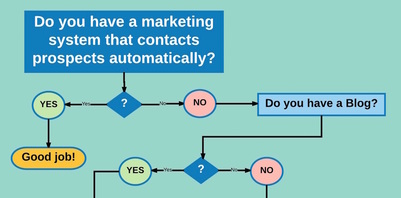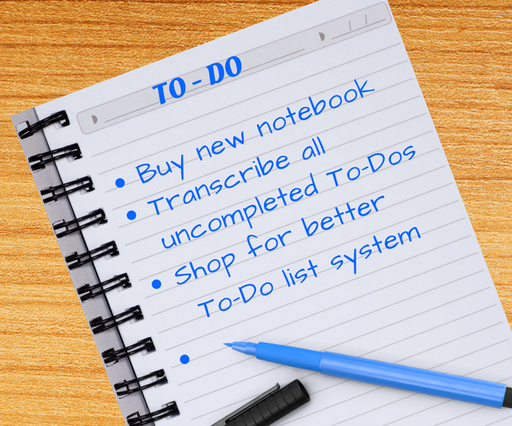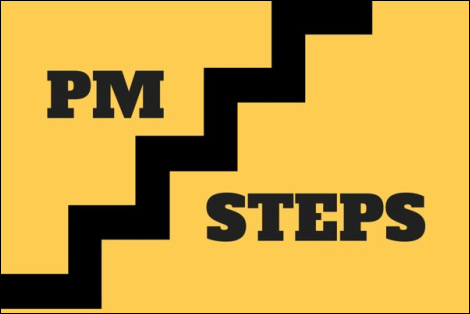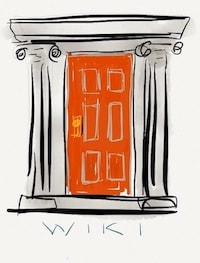|
I've written about what I think every architect should be doing about marketing. This flowchart may make those suggestions a bit easier to follow. At least it is visual.
The Journey to TodoistI have always used To-Do lists. Before computers they were paper, of course. I went through all manner of notebooks in my search for something ever better. I even used a folded piece of paper that would fit in my shirt pocket; moving from quadrant to quadrant until I had to start a new sheet by copying the uncompleted tasks forward. Lightweight and convenient.
These ad hoc systems gave way to serious 'organizers' like the Franklin Planner, then the Covey Planner, then the Franklin-Covey Planner. We are up to the late eighties now and I found a dead simple system to use. It only had one desirable feature. You didn't have to copy tasks over to a new piece of paper because it was digital. You carried a piece of paper, a printout, for portability; but you only had to write each To-Do once. Magic!
This is one of the chapters in my e-book, Trello-PM. Here's a glimpse at how you might develop a Project Master Template. I think it is a great Competitive Advantage using a tool like Trello™.
See what you think... 18 months ago I walked away from the Corbu project that I was part of. Corbu was going to be a bookkeeping app for architects - timekeeping, expense tracking and invoicing.
If you are interested, you can catch up on that journey below. Just about every six months since then, I have experienced a real need to do something with everything that I learned while working on Corbu. Six months out I projected all the things that would be needed. Three weeks later the work and cost seemed overwhelming. When the urge came again after another six months, I talked to a friend who is a programmer. I got a better handle on the tasks and investment required. The idea was less daunting - but still daunting. What's new this time? |
x
Archives
February 2024
Categories
All
|
Architekwiki | Architect's Resource | Greater Cincinnati
© 2012-2022 Architekwiki
© 2012-2022 Architekwiki











